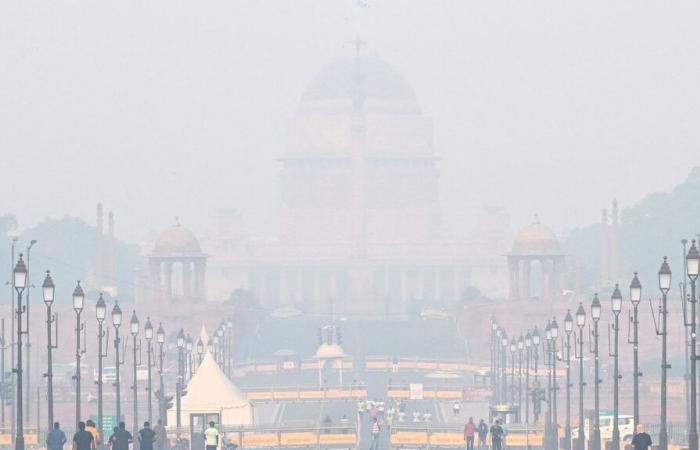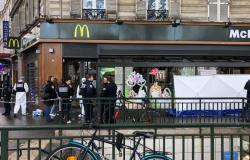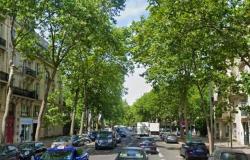In New Delhi at the moment, it is difficult to see more than 200 meters around in the morning because a thick fog covers the Indian capital. The number of fine particles reaches 60 times the rate recommended by the World Health Organization (WHO), 30 times more than the air pollution currently in Paris. And that's still nothing, warns Ayush Kapoor, French teacher and resident of Delhi: in a few weeks, like every year, the pollution fog will be even denser. “There is no longer any visibilityexplique Ayush Kapoor. We can't drive the cars. There are a lot of accidents. The eyes sting. We wear masks and it’s very strange to breathe.”
This weekend in the country we are celebrating the festival of Diwali, the Festival of Lights, one of the most important in the Indian calendar. The municipality of New Delhi has once again banned fireworks in the capital, fearing it could worsen air pollution.
This “airpocalypse”, as the Indians say, has serious consequences on the health of the inhabitants of New Delhi. “If you do the math, right now in New Delhi, everyone, from newborns to the elderly, smokes the equivalent of ten cigarettes a day, just by breathingsays Dr Harsh Vardhan Puri, thoracic surgeon at Medanta Hospital. There, it's 10 a.m., it's as if you've already smoked three or four cigarettes, without even touching one. When I operate on a patient, I look at their lungs, and what is most frightening in recent years is that even young people of 25-30 years old, their lungs are black.”
“What also alarms us is that before we saw a little less than ten patients arrive at the hospital each month for lung cancer, today their number has doubled. They are younger and younger, and they never touched a cigarette.”
Harsh Vardhan Puri, thoracic surgeon at Medanta Hospitalat franceinfo
Several factors are at the origin of this pollution peak which will last two to three months: farmers from surrounding states practice slash-and-burn agriculture this season, and their fumes reach the 30 million inhabitants of New Delhi ; the hellish road traffic too and the cold of winter which will fix the layer of pollution.
We have an appointment with Verhaen Khanna. He arrives by bike, like a UFO in this traffic where millions of exhaust pipes spew their fumes. This former airline pilot has converted to ecological activism. “When there is a peak in pollution, the municipality puts in place confinement, closes schools, encourages teleworking and introduces alternating traffic. This is good, but these are short-term solutionslaments Verhaen Khanna. We must fight against the origin of pollution… and above all, stop cutting down the city's trees, they absorb this pollution. In New Delhi, five trees are cut down every hour, sometimes legally, but often illegally, for real estate projects. And again, five trees are the official figures, it’s surely more.”
Aware that the task is immense, Verhaen Khanna encourages residents to alert public authorities as soon as a tree is about to be felled illegally. And concludes: “If we citizens don’t save the planet ourselves, who else will?”






